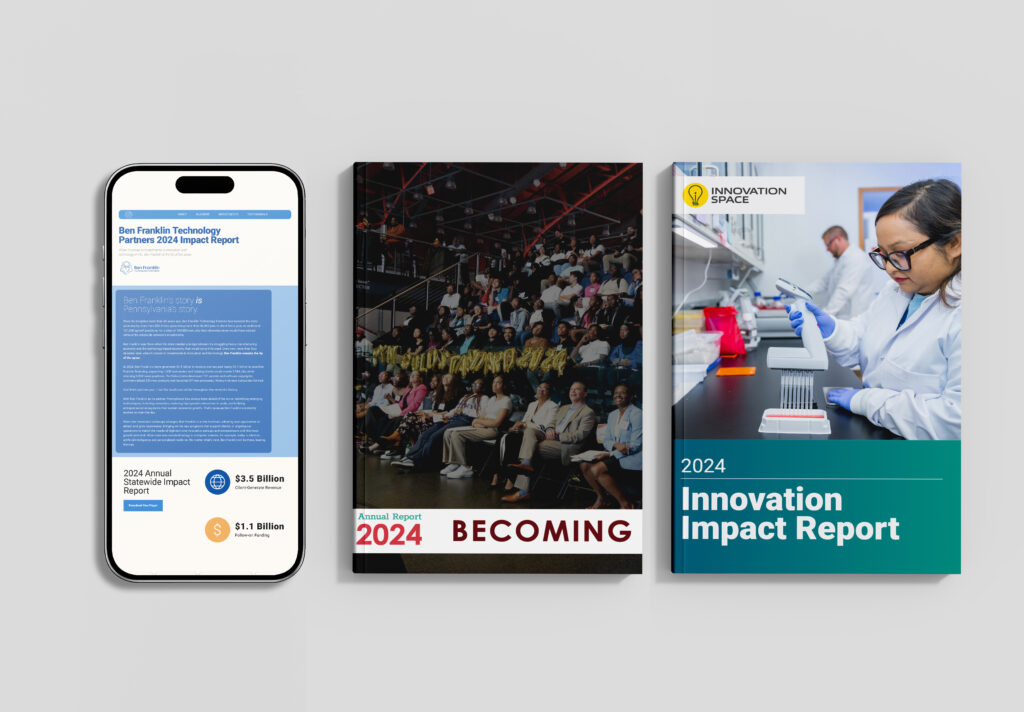Shannon Wink, our new Director of Digital Strategy, offers sage advice for stepping into a job when most of your new colleagues are still working off-site.

A year and a half into a pandemic, we all still have a lot to learn about working remotely and asynchronously. Even as many workers start returning to their offices, flexibility remains key.
Headlines suggest that the future of work is an all-or-nothing game. Depending on which publication you read and when you read it, we’re all either going back to offices full-time or never stepping foot in them again. The truth lies somewhere in the middle. We should all get used to a work environment that’s a little more spread out and a lot more digital.
I’m new to the Ceisler Media team — just a few weeks in — and everything I’ve learned about working from home has been upended as I transition into my new role with my new team and all sorts of new responsibilities and software.
Here are a few basics I’ve learned about onboarding remotely during this adjustment period that can help companies and new employees make the process a little easier.
Be clear about where and how people can find you. Who is in the office when? What hours do people work? When is each person available for meetings? These are tricky things to figure out as safety guidelines evolve and employees’ personal lives haven’t quite returned to normal (Hello, childcare shortage!). My tried-and-true trick: Everything goes on my calendar and everyone can see my calendar. Not all the details are public, but no one needs to guess whether I’m available at a certain time.
Learn the preferred method to communicate with everyone. Does your boss use chat or email? Do you have a direct report who prefers an in-person meeting or a video call? Is there a colleague who likes to do calls with videos off? The best way to make everyone feel comfortable and stay connected is to acknowledge that people have different ways of communicating. Be upfront about how each person prefers to get things done.
Onboard all your devices. A must-do for anyone working with multiple clients and accounts, but this advice really applies to anyone. Make sure all your home and personal devices can do what you need them to do. Double-check that you have the passwords and access you need, and confirm your company’s guidelines on device and information security.
Set boundaries. The pressure of proving you’re being productive while working remotely can lead to burnout. And employee burnout can lead to high turnover. It’s OK — and important — to formally end the workday at home and take time for yourself, even if your desk is in the kitchen. Could you make dinner while answering work emails? Sure. Do you need to? Probably not.

Set up some time for socializing with your new workmates. This is especially tough when everyone is remote or on different schedules. But socialization doesn’t have to require an organized, pre-planned gathering. Take 30 minutes on a Friday to talk about the weekend or eat lunch together virtually. There’s nothing quite as awkward and ice-breaking as watching your new colleague eat on a screen. I’m still working on this one. But a sandwich shared across a video feed is a fine to step away and connect.

Shannon Wink is the Director of Digital Strategy in Ceisler Media’s Philadelphia Office.



